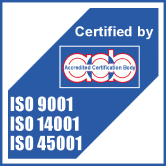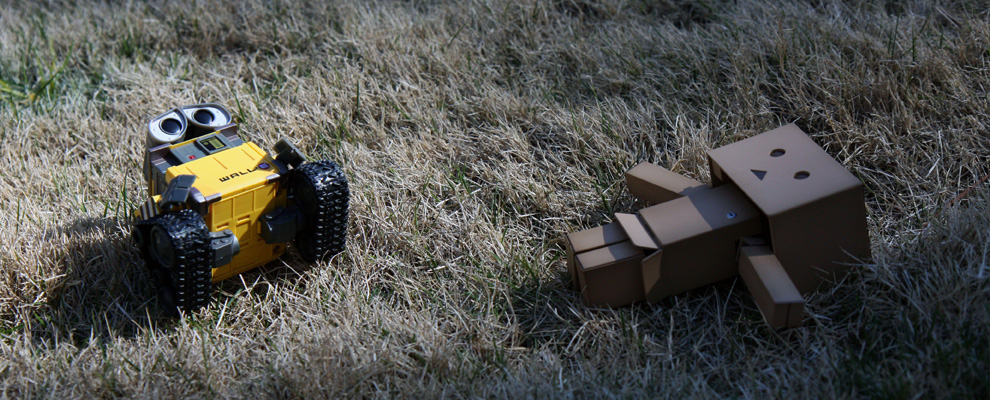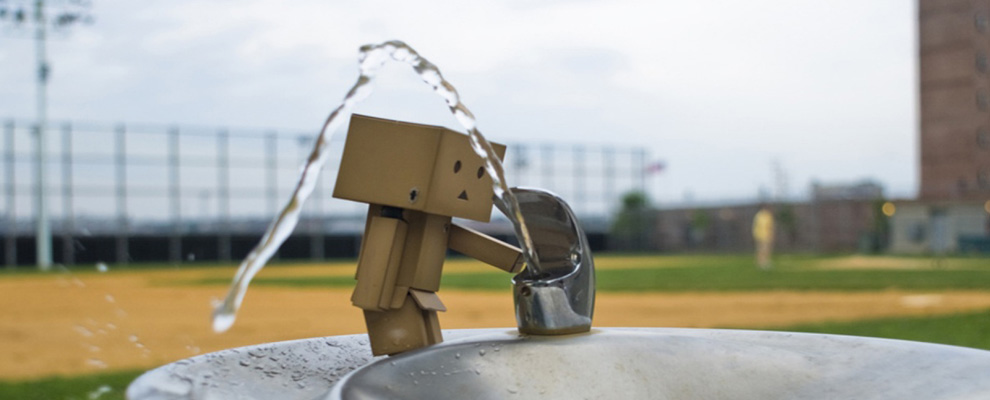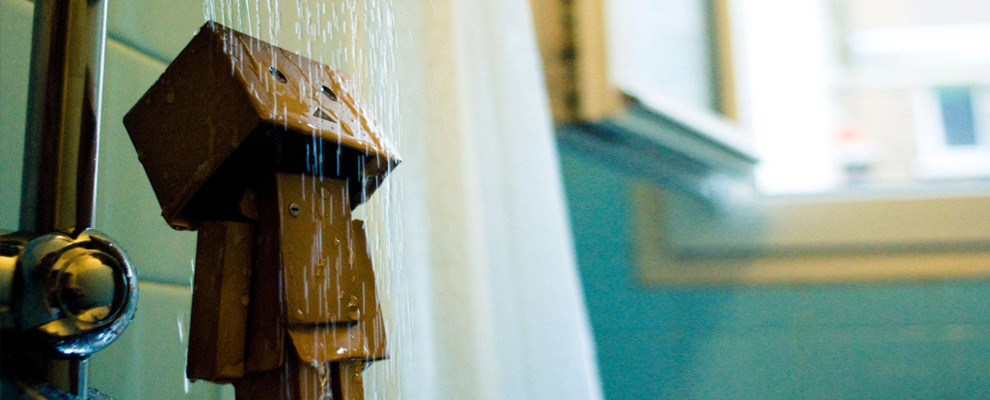
Heat treatment:
Hardening:
Hardening is a heat treatment used to achive high strength and hardness of steel. The process consist of austenitising, quenching and tempering.
Quenching media:
- Salt
- Oil
- Water
- Air
Types of structures:
- Martenzitic:
Rapid cooling of a part from austenitising temperature to quenching media.
Advantages: High hardness, good mechanical properties.
- Bainite:
Rapid cooling of a part right above Ms (martenzit start) and holding on this temperature until the transformation is finished.
Advantages: Better mechanical properties, smaller deformation.
Tempering:
Heating of a material to tempering temperature and holding on this temperature (Temperature and time depends on the kind and thickness of a material). Tempering reduces the hardness of a material and increases the toughness.
Application: Achieving final hardness, removing residual austenite, stress relieving. (more info here)
Stabilization:
Heating of a material to required temperature and holding on this temperature.
Application: Dimensions stabilization and stress relieving. (more info here)
Freezing:
Cooling down of a material to minus temperatures in order to remove residual austenite.
Application: Used after the carburising process. (more info here)
Annealing:
It is a type of heat treatment that alters microstructure of material to change its mechanical properties. Typically it is used to reduce hardness and relieve internal stress. It is accomplished by heating a material to annealing temperature for a given period of time and consecutive slow cooling of a material. (more info here)
All kinds of annealing is possible to perform under protective atmosphere to prevent decarbonizing. (more info here)
Kinds of annealing:
- Stress relieving
Aim of the process is to relieve internal stress in the material, caused by previous machining, cutting, welding, etc. These internal stresses, if not removed, can cause undesirable dimension changes during subsequent heat treatment. Stress relieving is typically done after rough machining, but before final finishing.
- Soft annealing
It is a high temperature heat treatment to make a material as soft as possible to achive good machinability.
- Normalising
Normalising is done to achieve fine-grained and uniform structure of a material. It is usually used after forging, casting or hot rolling.
- Izothermal annealing
It consist of short term austenitizing, then cooling to sutitable temperature and holding at this temperature until the austenite to perlite change is complete.
Chemical-heat treatment:
Carburizing:
It is a process that introduces carbon into the surface of material. Carburizing is widely used surface hardening process for low carbon steel. It is accomplished by heating a material above transformation temperature for a given period of time in carbonaceous atmosphere. After the carburizing, parts are quenched in order to harden the surface carburising layer.
The advantage of this process is that core remains unaffected, soft and tough, while surface is resistant to wear. (more info here)
Carbonitriding:
Carbonitriding is a process similar to carburising, with the addition of nitrogen. Surface is diffused with both carbon and nitrogen, which makes it wear resistant and even harder compared to carburizing. (more info here)
Nitriding:
Nitriding is a process of nitrogen saturation into the surface in order to reach wear resistance and surface hardness. It´s a low temperature heat treatment process ( typically 520 °C ).
Advantages: compared to carburizing it is done at lower temperatures and surface has improved corrosion resistance. (more info here)
Nitrocarburizing:
Saturation of CO2 and nitrogen into the surface of a material. Very thin compound layer is formed, which makes surface very hard. Nitrocarburizing is a shallow case variation of the nitriding process.
Advantages: improved wear and corrosion resistance, small deformation. (more info here)
Oxidation:
Short-term nitriding / nitrocarburising with following oxidation.
Advantages: improved wear and corrosion resistance, small deformation. (more info here and here)
Tufftriding:
Short-term nitriding with following oxidation and immersing the material into the oil.
Advantages: improved wear and corrosion resistance, small deformation. (more info here)














